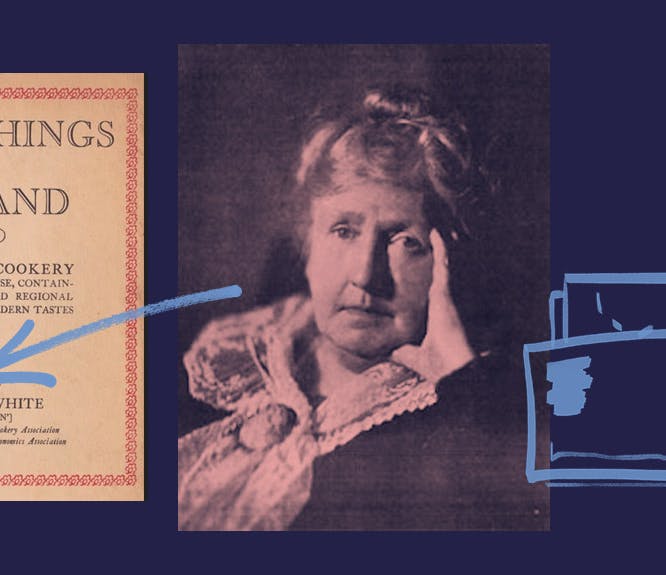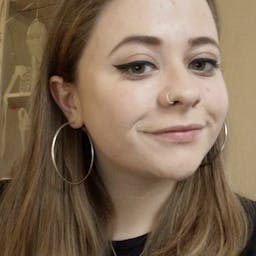Inspirational women from history: the story of archaeologist-turned-spy Winifred Lamb
4-5 minute read
By Daisy Goddard | March 6, 2024
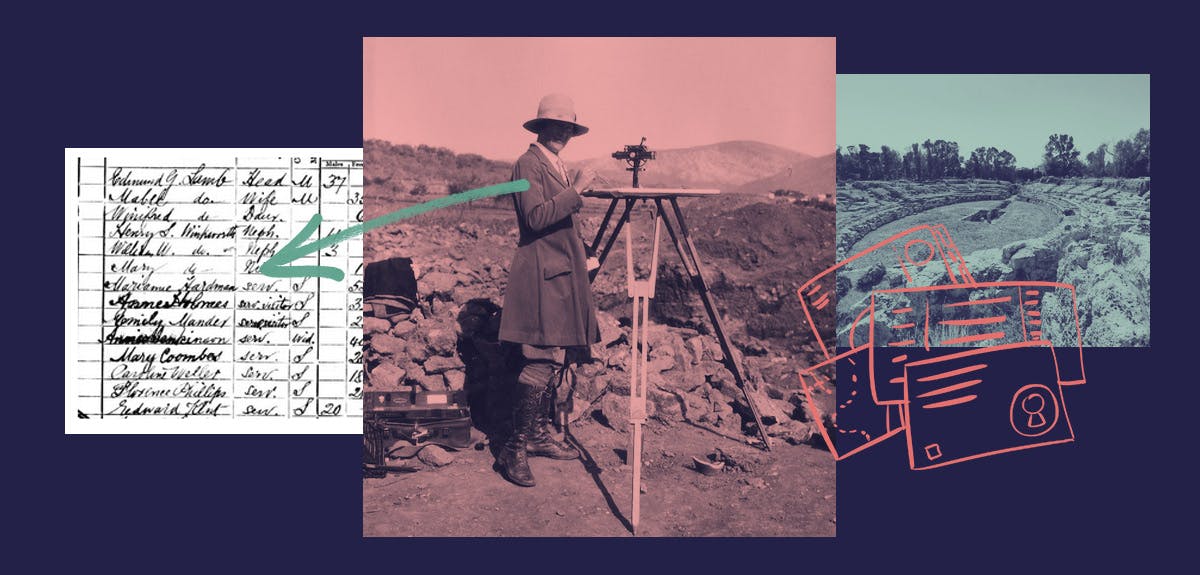
Winifred Lamb hasn't received the recognition she deserves. Fixing this starts with shining a light on her - together, we can tell her story.
Winifred Lamb was an interesting character who worked in a range of fields throughout her life. She wasn't just a respected archaeologist and museum curator - during both the First and Second World Wars, she worked in intelligence for the British government and the BBC.
Read on to learn more about Winifred's remarkable story.
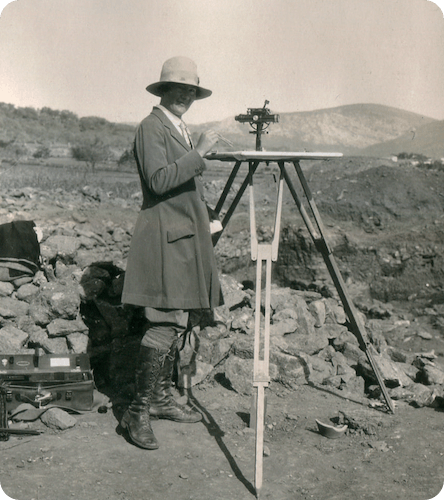
Winifred Lamb.
Below, you'll have the chance to vote for an amazing historical woman who you feel deserves to be commemorated with a plaque in 2024. If Winifred Lamb's story of excavations and espionage has inspired you, pick her name amongst the list here, or vote for her at the bottom of this page.
Winifred's progressive parents
Winifred was born at Holly Lodge in West London's Campden Hill on 3 November 1894. Aged 28 when she had Winifred, her mother Mabel Winkworth was a campaigner for women's suffrage. She was passionate about women's right to an education and had herself studied at the female-only Newnham College, Cambridge University.
Winifred's father was Edmund Lamb (b. 1864), who served as a radical MP for the Liberal Party between 1906 and 1910. Both of Winifred's parents came from wealthy backgrounds - Mabel's father was a cotton mill owner, while Edmund's family owned land in Northumberland and Sussex.
They both nevertheless sought to challenge the established order, with Edmund going as far as to advocate for the abolition of the House of Lords.
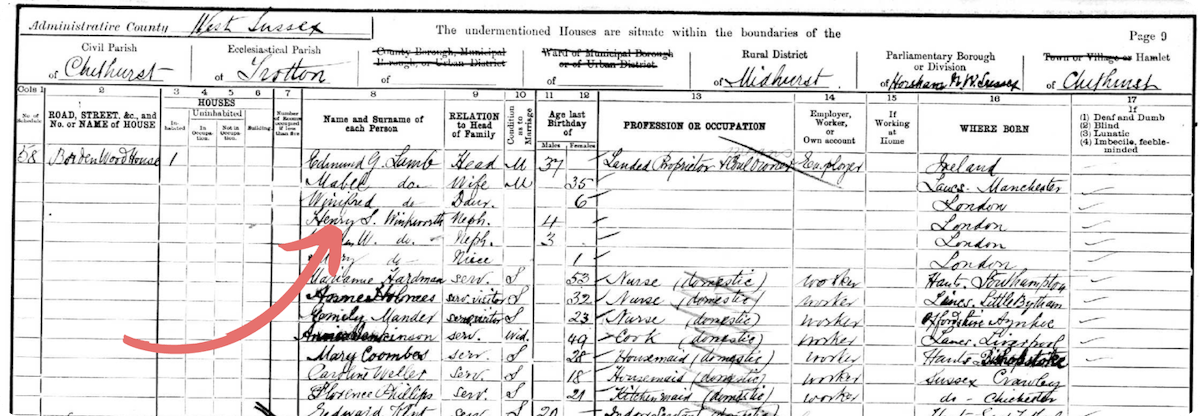
Winifred Lamb in the 1901 Census.
The family lived at Borden Wood House in West Sussex in 1901. As their census entry shows, Edmund and Mabel employed six servants and were looking after their nephews (aged three and four) and their one-year-old niece, Mary.
Unequal education
Winifred went on to follow in her mother's footsteps, studying Classics with a specialisation at Newnham College, Cambridge.
Although she was awarded first-class marks in 1917, she wasn't granted a degree, because women could not receive this qualification at the time. Shockingly, Cambridge University did not grant women full degrees until as late as 1948.
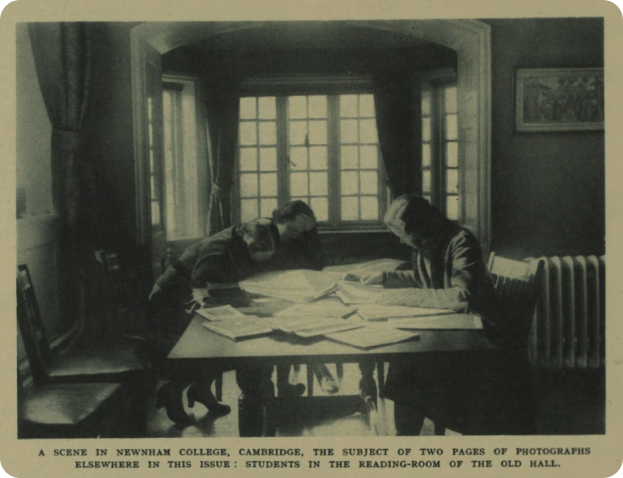
Students in the library of Newnham College, Cambridge. The Illustrated London News, 20 May 1933.
Before this point, they suffered gender discrimination and were given a mere 'Certificate of Proficiency'.
During her time at Cambridge, Winifred worked on local excavations and also became involved in left-wing politics and activism, no doubt inspired by the example of her parents.
Intelligence work during World War 1
After completing her studies in 1917, Winifred worked in a soldiers' hospital.
In January 1918, she was selected to join 'Room 40' - the cryptoanalysis section of the United Kingdom's Naval Intelligence Department. In this role, she deciphered messages that were sent to German submarines. With intelligence enabling Britain to make strategic battle moves and get one step ahead of the enemy, Winifred played an important (and top-secret) role in the war effort.
Becoming an expert in her field
After the end of the war, Winifred resumed her archaeological work at the University of Cambridge's Fitzwilliam Museum. She rose from an assistant role to be a curator and eventually a Keeper. With a doctorate-level education, she became one of the Fitzwilliam Museum's most senior academics.
As our newspaper collection shows, she performed excavations in Greece (with the British School in Athens) and Turkey, even uncovering a prehistoric settlement on the north coast of Lesbos. In June 1922, she excavated the Tomb of Aegisthus while serving as Alan Wace's second-in-command at Mycenae.

Illustrated London News, 14 February 1931.
In 1930, Lamb presented lectures with the Classical Association. As the Clifton and Redland Free Press reports, she spoke on 'Greek Bronzes - their trade routes and travels' on 10 October - by 1930, she had risen to a position of prominence within the field of Classical Archaeology.
Winifred rejoins the war effort
When World War again broke out in 1939, Winifred resumed her work in the intelligence department. This time around, she acted as a Greek language supervisor for the BBC's European Intelligence Unit, with the skills she'd gained from her overseas excavations coming in handy. She prepared crucial reports relating to Greece and Greek resistance to the German occupation. In 1942, she worked on Turkish intelligence.
But this line of work wasn't without its hazards, particularly during a period defined by heavy German shelling of populated areas of the country. In October 1942, Winifred was badly injured when a V2 rocket hit her lodgings. She was out of work recovering for a year, before resuming her intelligence role at the end of 1943.
Lamb's legacy
Winifred died of a stroke on 16 September 1963, at Easebourne in West Sussex. The news of her death made waves within the English archaeological community, and she was remembered by her peers as a 'distinguished archaeologist who never sought and never gained publicity', but who made a marked impact on the field.
"She was indeed a rarity of modern times, in her modesty, sincerity, and gentle charm, allied to strength of character, courage and wide knowledge. "
She was eulogised in The Sphere as a 'modest and shy' woman who 'preferred to blush unseen', choosing to spend her days 'in the remote and hidden charms of her home at Borden Wood'.
Help us to tell her story
Some of the past's most trailblazing figures aren't remembered today, but Findmypast is on a mission to put this right. We're highlighting the stories of five overlooked women on our Herstory Hub. At the end of the year, one of these women will be commemorated with a plaque. But we need your help in deciding who should be honoured.
Be sure to head over to our Herstory Hub to learn more about these five inspirational women today.
Related articles recommended for you
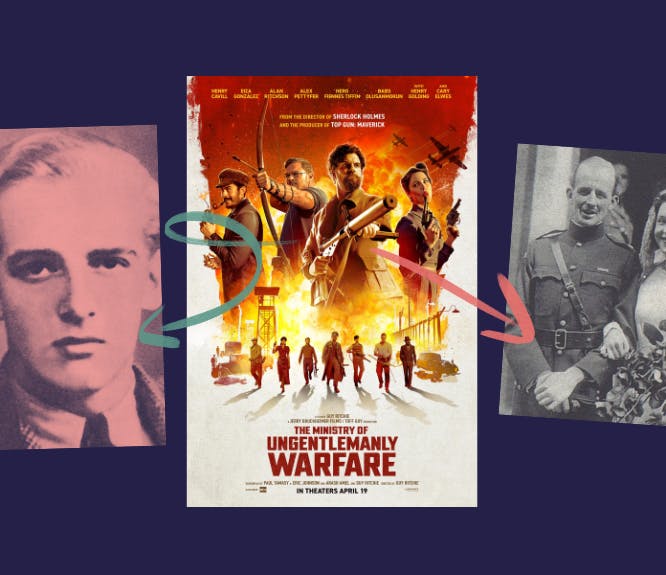
The incredible true story behind The Ministry of Ungentlemanly Warfare
History Hub
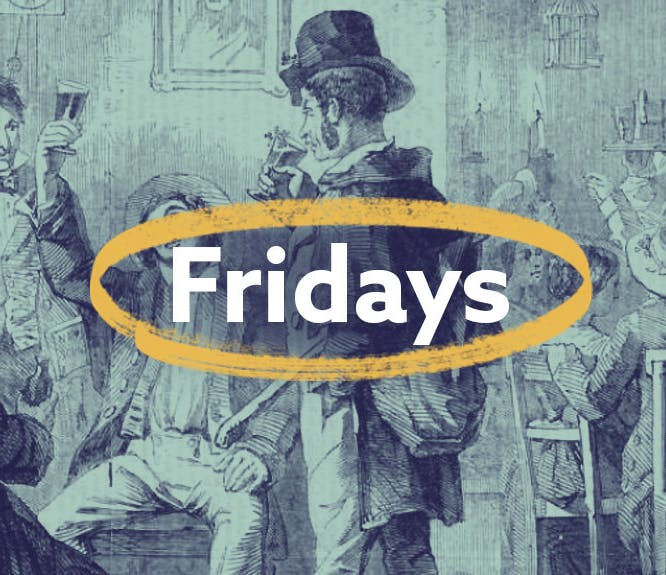
Celebrating Irish stories with almost a million new records
What's New?
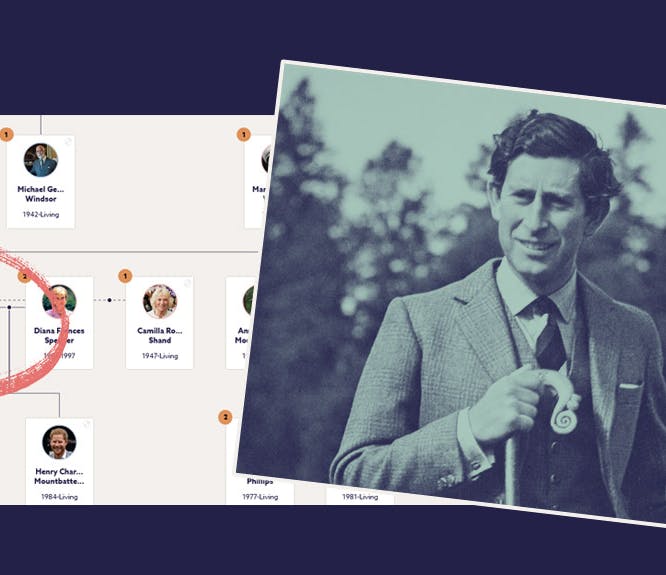
Who's who on King Charles III's family tree?
Build Your Family Tree
